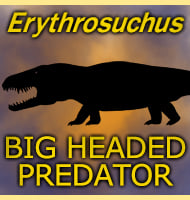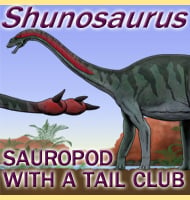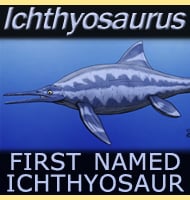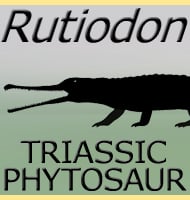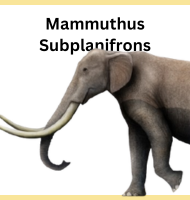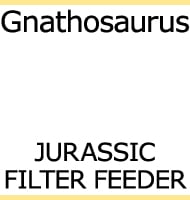In Depth
Sinornithoides is a genus of small troodontid dinosaur that lived in China during the early Cretaceous. The holotype individual of this genus, a subadult, was found in a nesting position with its head tucked under its left arm, very similar to how another small troodontid named Mei was found. This may indicate that most, maybe even all troodontids slept in such a manner, and again illustrates how close some varieties of dinosaurs were to the birds. As a small and fast troodontid dinosaur, Sinornithoides would have been a predator of small animals such as smaller lizards and mammals, and perhaps even larger insects. One point of note about Sinornithoides, is that the sickle claw on the second toe of the feet is proportionately quite large when compared to other troodontids.
Further Reading
- A nearly complete skeleton of a new troodontid dinosaur from the Early Cretaceous of the Ordos Basin, Inner Mongolia, People’s Republic of China. - Canadian Journal of Earth Sciences 30(10-11):2163-2173. - D. A. Russell & Z.-M. Dong - 1994.

